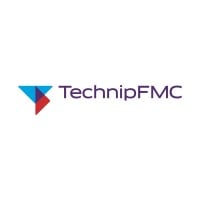
TechnipFMC
TechnipFMC is a leading technology provider to the traditional and new energies industry, delivering fully integrated projects, products, and services. With our proprietary technologies and comprehensive solutions, we are transforming our clients’ project economics, helping them unlock new possibilities to develop energy resources while reducing carbon intensity and supporting their energy transition ambitions. Organized in two business segments — Subsea and Surface Technologies — we will continue to advance the industry with our pioneering integrated ecosystems (such as iEPCI™, iFEED™ and iComplete™), technology leadership and digital innovation. Each of our approximately 20,000 employees is driven by a commitment to our clients’ success, and a culture of strong execution, purposeful innovation, and challenging industry conventions. To learn more about us and how we are enhancing the performance of the world’s energy industry, go to TechnipFMC.com.






